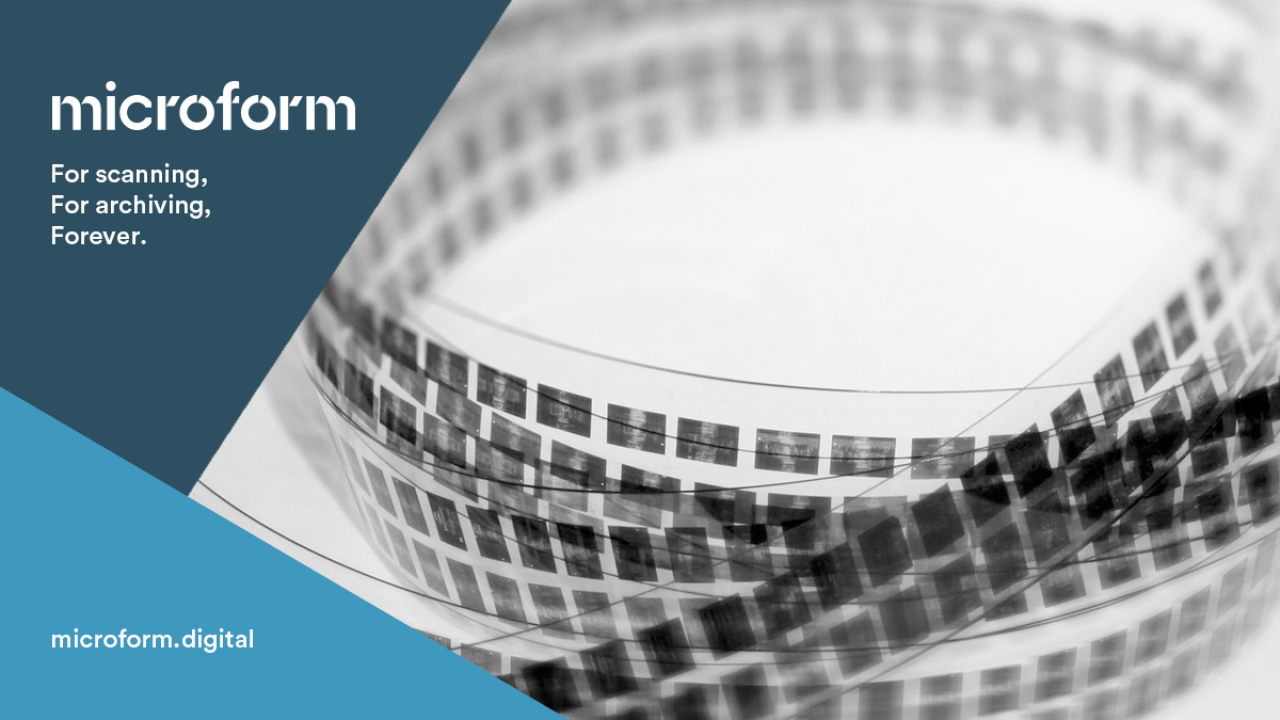Can Microfilm and Microfiche be scanned?

Although both microfilm and microfiche offer great longevity, now more than ever companies and organisations throughout the UK are turning to professional scanning companies in order to digitise both microfilm and microfiche.
So why are companies scanning microfilm and microfiche?
There are a range of reasons why an organisation might decide to scan their archives and with those reasons, are a whole host of advantages:
Historical preservation
We have assisted a great range of businesses and organisations throughout the UK digitise their archives.
Quite often these organisations choose to have their archives scanned in order to preserve the information and images that are present within the exposures.
Although the integrity of both microfilms and microfiche are well known, they can still succumb to being misplaced, as well as unfortunate environmental conditions such as flooding and fires.
A modern approach to file retrieval
Due to the fact that scanned files are often placed on document and cloud management systems, it means that images and information can be retrieved in a matter of seconds.
When undertaking the scanning process, each and every exposure goes through a series of checks and logs so that they are catalogued for near instant identification for when they are uploaded to digital systems.
A greater level of access control
Not every company or organisation wants their images to be kept locked up in storage, as both museums and universities often offer their microfilms and microfiche to the public.
In this instance, it is possible for our bespoke management software to offer public access to files and images through computer access.
On the other hand, we can also restrict files so that only those with permissions may access them.
This often takes form in profile and password settings but we can even ensure that files can be accessed only from certain IP addresses.
Financial savings
There’s no doubt that businesses save money when they enjoy microfilm scanning services.
From the thousands of hours that can be saved each year through to the physical space that can be opened up, there’s no doubt that organisations of all kinds benefit financially from scanning services offered by Microform.
What kind of films can be scanned?
Our industry leading scanners are able to scan a range of different microfilms and microfiche formats including:
16mm microfilm — standard film, often containing around 2,400 images.
35mm microfilm reels — often used for large format drawings and architectural plans.
Microfilm cartridges — simply 16mm or 35mm housed in a case or cassette.
16mm microfiche — often used to archive A4 documents, can hold just under 100 frames.
25mm microfiche — used to store engineering plans and can hold up to 14 pages.
Combi microfiche — used for architects and can contain a mixture of different sized documents.
Com fiche — used in corporate environments to store large amounts of data and can hold 270 pages per microfiche.
Why Microform is the go-to company for microfilm and microfiche scanning
Microform Imaging LTD has decades of experience in the microfilm and microfiche sector, and have provided some of the most comprehensive and trusted services over the past 60 years.
From working with hospitals and universities, to financial institutions and law firms, we regularly handle sensitive, confidential and private data.
We’re also accredited with the important ISO 27001, ISO 14001, ISO 9001 and conform to BS 10008:2008 industry standards.
For more information about Microform or how we can help you with your microfilm or microfiche, check out our contact page.